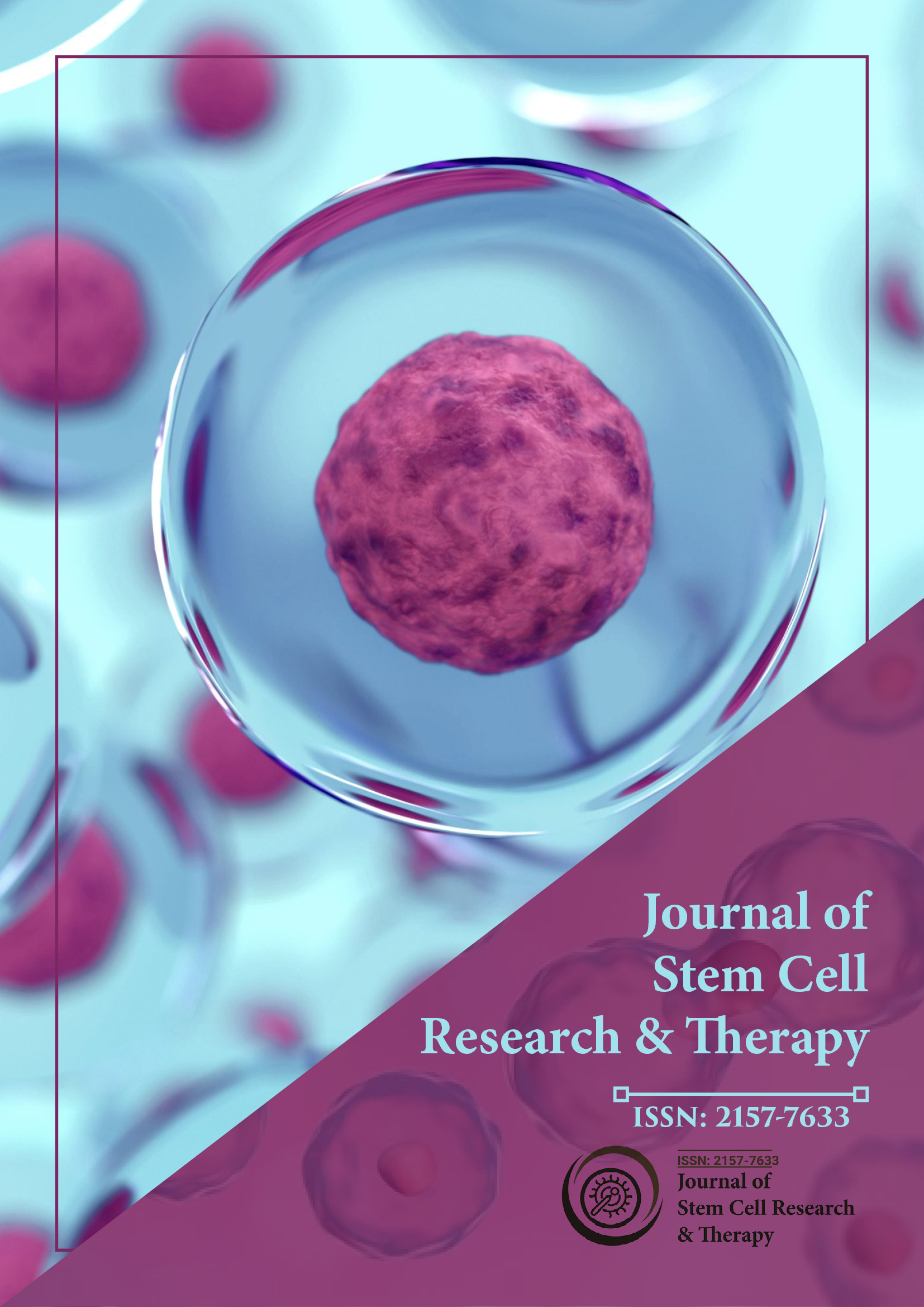インデックス付き
- Jゲートを開く
- Genamics JournalSeek
- アカデミックキー
- ジャーナル目次
- 中国国家知識基盤 (CNKI)
- ウルリッヒの定期刊行物ディレクトリ
- レフシーク
- ハムダード大学
- エブスコ アリゾナ州
- 雑誌の抄録索引作成ディレクトリ
- OCLC-WorldCat
- パブロン
- ジュネーブ医学教育研究財団
- ユーロパブ
- Google スカラー
このページをシェアする
ジャーナルチラシ

概要
胚性幹細胞:論説
JJミンゲル
胚性幹細胞(ES 細胞または ESC)は、着床前初期段階の胚である胚盤胞の内部細胞塊から得られる多能性幹細胞です。ヒトの胚は受精後 4~5 日で胚盤胞段階に達し、その時点では 50~150 個の細胞で構成されています。胚芽、つまり内部細胞塊 (ICM) を分離すると胚盤胞が破壊されますが、このプロセスにより、着床前段階の胚が着床後段階の胚と同じ道徳的配慮を受けるべきかどうかなど、倫理的な問題が生じます。現在、研究者は胚性幹細胞の治療の可能性に重点的に取り組んでおり、多くの研究室では臨床使用を目標としています。潜在的な用途には、糖尿病や心臓病の治療が含まれます。この細胞は、臨床治療、遺伝性疾患のモデル、細胞/DNA 修復として使用するために研究されています。しかし、腫瘍や望ましくない免疫反応など、研究や臨床過程における悪影響も報告されています。
免責事項: この要約は人工知能ツールを使用して翻訳されており、まだレビューまたは確認されていません